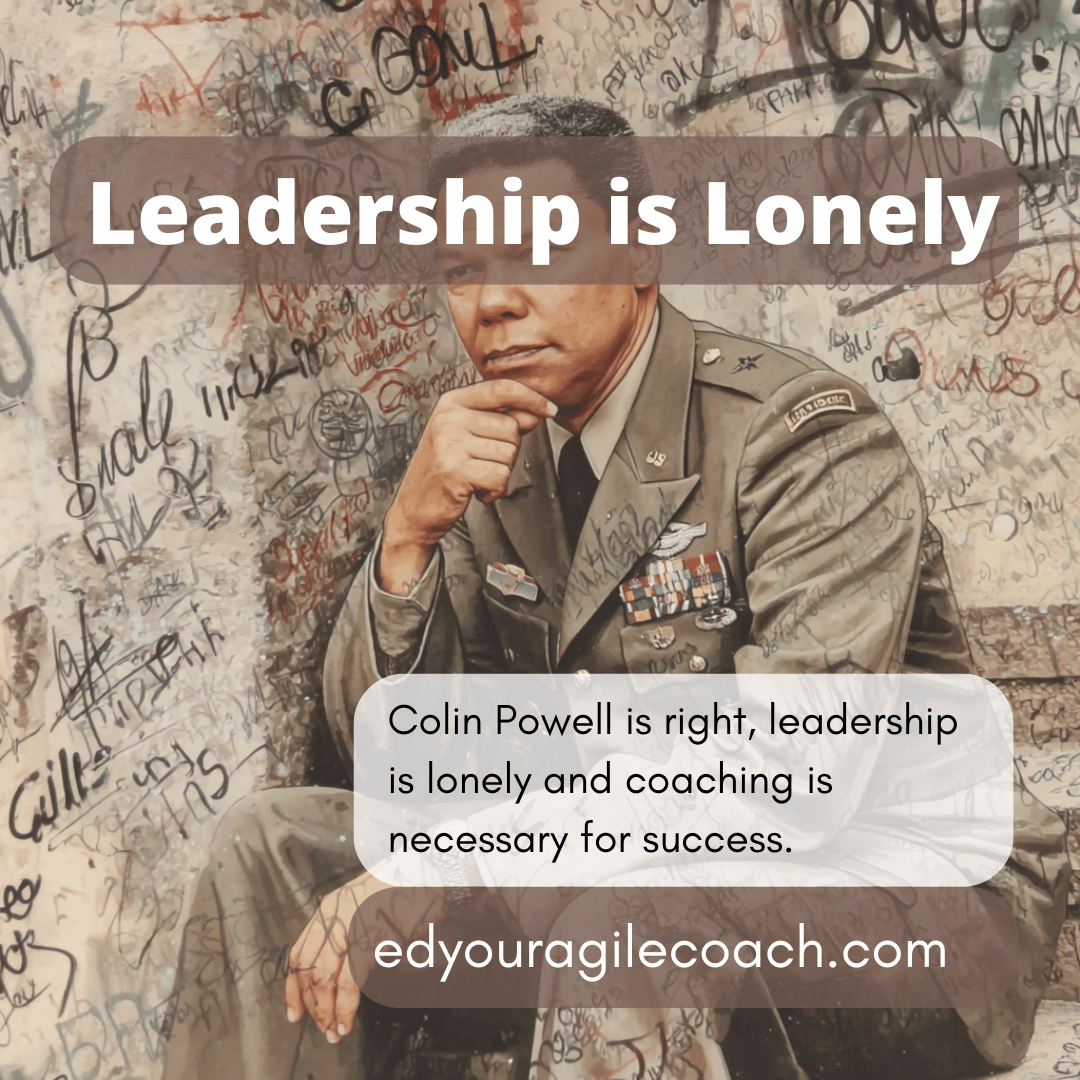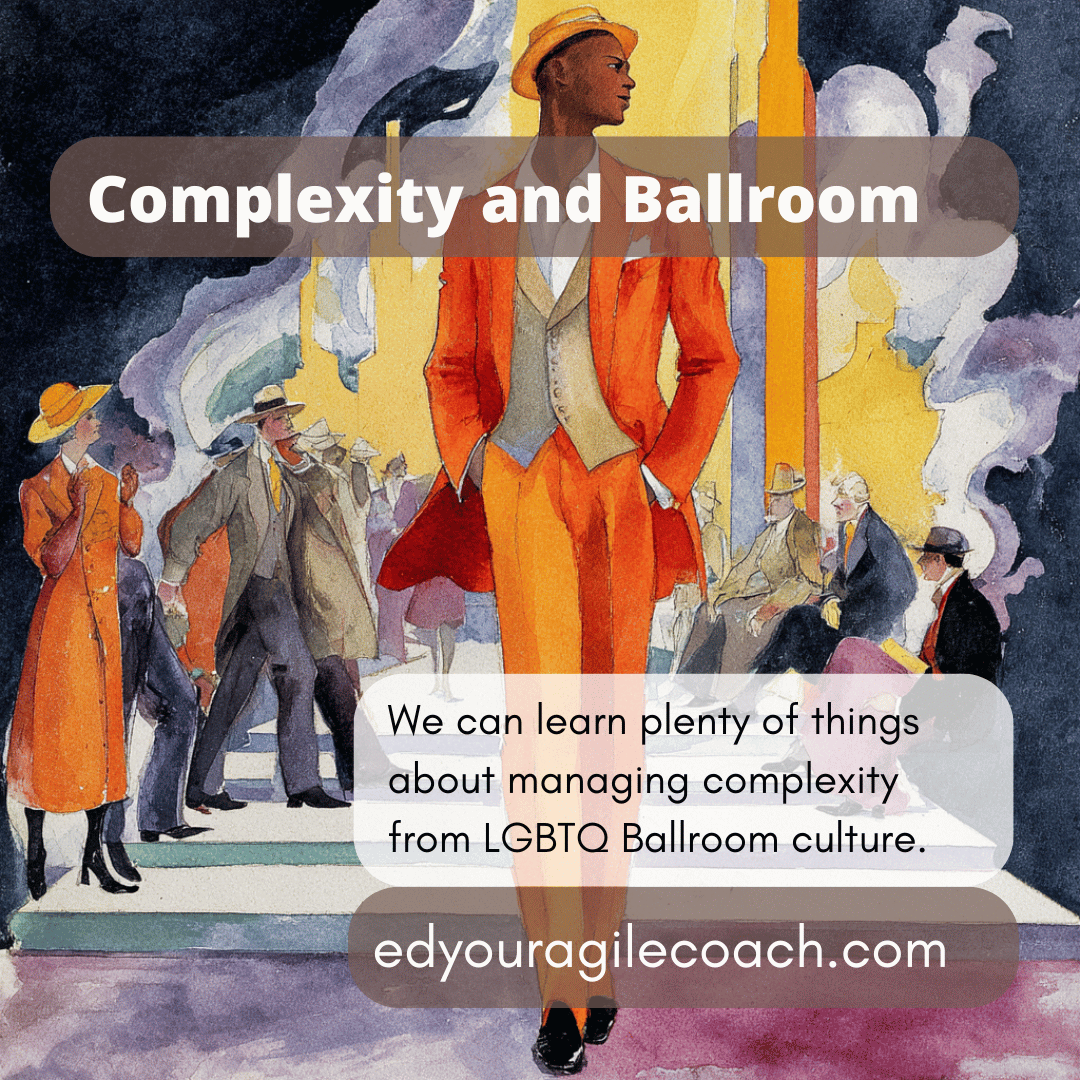Agile Coaching must work with corporate leadership.

One of the best things about being an agilest is the network of smart and committed people willing to provide insight into how they solve business problems. If I ask for help, I receive plenty of suggestions and feedback. I wrote a blog about how Agile exposes toxic leadership inside an organization. I received criticism from people I respect who thought I was creating a false conflict with leaders. Let me explain myself.

Organizations are coming to the Agile Reformation for one reason; it is good for business. Faster time to market and more precise focus on meeting customer needs translates into profits. Business leaders are also discovering disengaged workers, and toxic leaders are a drain to the bottom line. It is just like what baseball manager Tommy Lasorda said, “Happy Cows make more milk.” The reality of the benefits of Agile provides an opportunity to make business better. It also means business leaders and agile coaches are vested in working together.
The tension between leadership and agile coaches happens when agile exposes inefficiencies in the broader business. Development teams release software, but the business users are not interested in testing. Network professionals block the use of Continuous Integration/Continuous Deployment tools because they see it as a career threat. Finally, a toxic leader can jeopardize the balance of power in office politics. I struggle to navigate these situations.
Often when teams become more agile, the surrounding business is stuck in the status quo. It is inside this shadow zone where a company makes the transition from doing agile to being agile. The metaphorical rubber hits the road in that place. It can only succeed if business leaders buy in, agile professionals lead by example, and teams follow through. A woman I respect very much said, “Do your job, tell the truth, and if it does not work out, it is their problem.”
A large organization can behave like an addict. They know they are involved in self-destructive activity, but they cannot stop. Only when the organization realizes they have to quit will they. A scrum master or coach must be available when ready to make the change. Leaders should be partners in any agile transformation. Collaboration and cooperation should be the guiding principles of this relationship. If it collapses into codependence and conflict, then it is time for the coach to admit failure and go elsewhere.
Until next time.




Comments ()